Gardening with Laurie: Plants for winter birds
By Laurie Brown
Reader Columnist
While most plants should be cut back in autumn, there are some seed heads that can be left standing. They will not only add structure to the winter garden, but they will give wild birds something to eat. Birds not only are a delight to watch in the garden — especially in grim winter — but many will eat pests, including those that overwinter in bark or in the ground.
Both annuals and perennials can provide seeds for wintering birds. Some of the annuals include cosmos, marigolds, bachelor’s buttons, asters, coreopsis, zinnias and, of course, sunflowers. Best perennials for birds include the tall types of sedum like ‘Autumn Joy,” liatris, coreopsis, asters, native goldenrod and coneflowers (both rudbeckias and echinaceas). Ornamental grasses provide lots of seed as well as looking good in the barren season. And even though it’s undesirable in the garden, if you have tansy that’s gone to seed, you’ll see lots of winter birds in it!
While this advice contradicts the dictum of cleaning up the garden in fall, most of these plants hold their seed heads up in the air, which allows you to cut or tear the dead foliage at the bases of the plants away, leaving only the bare stems. This dead foliage is where mold spores will breed and insect pests will over winter. The stems are quick and easy to cut down in spring.
Finches, sparrows and chickadees will visit these seed sources consistently throughout winter. Stellar’s jays and woodpeckers are less frequent visitors but lovely when they do show up. The goldenrod is especially attractive to woodpeckers, as it is the host for gall fly larvae, which woodpeckers find delectable. It may seem odd to grow nasty bugs for birds to eat, but to me, the woodpeckers are such interesting birds that it’s worth harboring the insects for a while.
Highbush cranberry, elderberry, Virginia creeper, dogwood, spruce trees (pine nuts in the cones), crab apples, mountain ash and staghorn sumac all provide berries or nuts, which are high energy foods. While these foods get cleaned out pretty early in winter, they do serve to give migrating birds the energy to keep going.
Don’t forget to provide a water source for the birds in winter if you want them to stick around. People say that the birds can eat snow, which they can, but it chills their little bodies when they have to do that. Water gives them a little edge on survival. They also benefit from shelter — evergreens work best for this. Spruce, junipers, boxwood, mugo pines and cedars are all good shelter.
The best part about feeding the birds this way? It’s free!

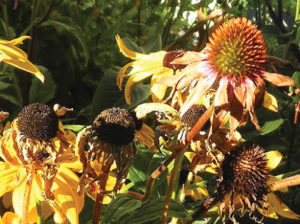
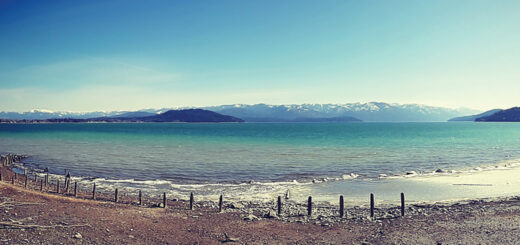

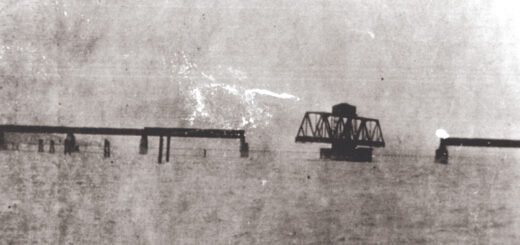



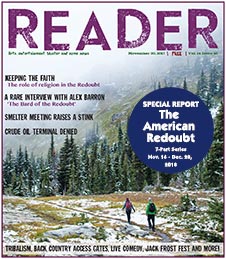
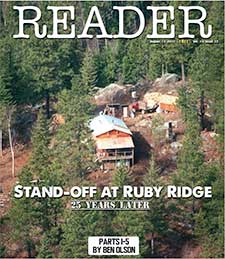

 Coming up this week! Don’t miss Live Music, the Summer Sampler, the Art Party, Monarch Grind, the Sandpoint Renaissance Faire, and more! See the full list of events in the
Coming up this week! Don’t miss Live Music, the Summer Sampler, the Art Party, Monarch Grind, the Sandpoint Renaissance Faire, and more! See the full list of events in the 